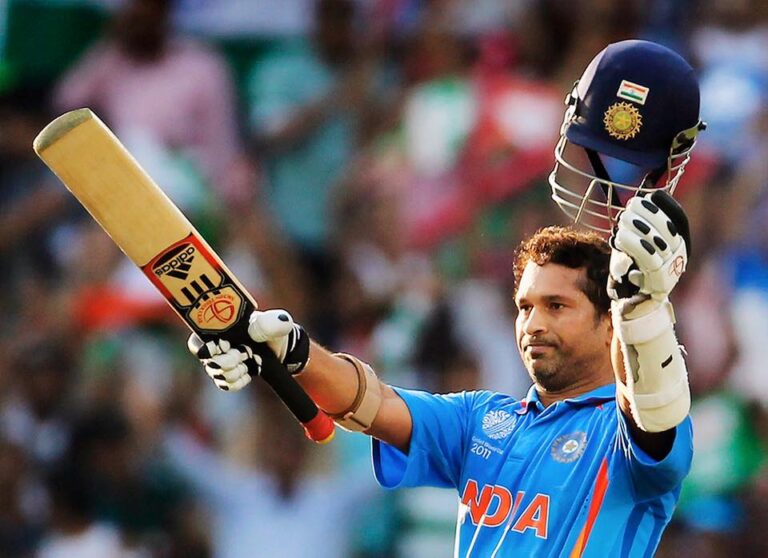Cricket Match Reading Skills are what truly define the difference between good players and great ones. The ability to anticipate, analyze, and adapt on the field gives a team the edge needed to dominate tough matches. In modern cricket, where every delivery and every run count, understanding the game’s rhythm through reading skills has become an essential part of success.
In professional cricket, physical fitness and technical abilities are vital—but mental sharpness through strong reading skills is what shapes champions. When a player can interpret field positions, predict opponents’ strategies, and adjust tactics instantly, they transform into an intelligent force capable of turning the game in their team’s favor.
The Essence of Cricket Match Reading Skills
At its core, Cricket Match Reading Skills involve understanding the game’s flow and responding with precision. It’s about observing patterns—how a bowler delivers, how a batsman reacts, how the field shifts. Reading the match effectively means decoding every subtle cue on the field and using it to plan the next move.
For example, a captain with strong match reading abilities doesn’t just set the field randomly. They analyze player behavior, pitch conditions, and match tempo before making any decision. A single adjustment in field placement can shift the momentum, turning a boundary into a wicket.
This skill demands mental alertness, deep observation, and experience. It’s the bridge between instinct and strategy, helping players stay one step ahead.
Why Reading the Match Matters in Field Control
Field control depends heavily on situational awareness. A player with strong Cricket Match Reading Skills knows when to move a fielder closer, when to protect boundaries, or when to invite an aggressive shot. Fielding strategies become sharper when based on real-time reading rather than pre-decided tactics.
Consider the example of M.S. Dhoni. His field placements often surprised even commentators. What made him unique was his ability to predict the batter’s mindset before every delivery. Dhoni’s reading skills allowed him to adjust fielders dynamically, creating pressure without aggressive bowling.
This level of awareness isn’t luck—it’s a result of observing patterns over time and learning how opponents react in specific situations. That’s why reading the match correctly is the foundation for effective field control.
Building Awareness Through Observation
Developing Cricket Match Reading Skills starts with observation. Players must learn to focus beyond their immediate roles—watching not just the ball, but how each player behaves between deliveries.
For instance, a bowler can gain insights by observing a batsman’s foot movement or reaction after mistiming a shot. Similarly, a fielder can anticipate a catch by watching how certain players prefer to loft the ball against spinners.
Coaches emphasize the importance of “reading the eyes” of the opposition. It’s a subtle art—watching how confidence, hesitation, or fatigue reflects in a player’s body language. These small signals guide tactical decisions during tense matches.
In domestic leagues like the IPL, captains such as Rohit Sharma and Kane Williamson are known for their calm yet observant approach. Their ability to quietly study the game and make timely adjustments is what keeps their teams in control.
Predicting Opponent Strategies
Cricket is as much a mental game as a physical one. Cricket Match Reading Skills help players anticipate what the opposition might do next. Understanding how a team reacts under pressure or how a specific player behaves in crunch moments can guide smarter decision-making.
If a batter tends to play risky shots after a quiet over, bowlers can use slower deliveries or wider lines to tempt mistakes. Similarly, when a bowler shows signs of fatigue, a smart batter uses that moment to accelerate scoring.
This predictive mindset isn’t guesswork—it’s pattern recognition. The more data a player gathers through observation, the more accurate their predictions become. Over time, this ability becomes second nature, allowing players to respond almost instinctively.
Communication and Team Coordination
Reading the match is not a solo act—it thrives on teamwork. When players share what they observe, field adjustments become more effective. The captain might notice one aspect, while a fielder spots another, and together they refine the strategy.
Strong Cricket Match Reading Skills also promote trust and coordination. Teams that communicate actively during the game maintain better control over the field. Quick exchanges of feedback—like telling a bowler how a batsman reacted to a specific line—create a continuous feedback loop.
Great captains foster this environment. They encourage every player, from the wicketkeeper to the boundary fielder, to stay mentally engaged and share insights. This collective awareness ensures no opportunity is missed.
Adapting to Match Conditions
Another key component of Cricket Match Reading Skills is adaptability. Conditions change rapidly—pitches dry out, weather shifts, and game dynamics evolve. Players who read these transitions quickly can adjust their tactics to maintain dominance.
For example, in day-night matches, dew can make the ball slippery, affecting spin and grip. A perceptive team immediately changes tactics—tightening fielding angles or altering the bowling plan.
Adaptability also extends to reading pitch behavior. On turning tracks, captains move fielders to close-in positions, while on fast pitches, they may deploy sweepers on boundaries. The ability to read and react instantly separates elite field leaders from average ones.
Mental Sharpness and Game Awareness
Mental fitness is at the heart of reading skills. Staying alert for long durations without losing focus is challenging. Players must process multiple cues—scoreboard pressure, opponent psychology, and tactical changes—simultaneously.
Practicing mindfulness and visualization enhances this skill. By mentally rehearsing match scenarios, players prepare their minds to analyze situations calmly under pressure.
Legends like Virat Kohli often talk about the importance of being “in the moment.” This focused awareness allows athletes to read the game without distraction, keeping them mentally sharp even during intense sessions.
Learning from Experience and Data
Experience is the ultimate teacher when it comes to Cricket Match Reading Skills. The more matches a player participates in, the sharper their instincts become. Every over, every dismissal, every boundary teaches something about timing, risk, and opportunity.
Modern teams also rely on analytics to refine these skills. Video analysis, data tracking, and pattern studies help athletes understand past behaviors and prepare better for upcoming matches. But while data supports strategy, on-field intuition still rules the moment.
A combination of experience and data-driven awareness creates the perfect blend of knowledge and instinct—something that defines modern cricket leadership.
How Reading Skills Influence Match Outcomes
A single decision based on match reading can change everything. A timely field shift, a surprise bowling change, or a subtle batting adjustment can turn the tide of the game. Teams that master Cricket Match Reading Skills don’t just react—they dictate the pace of play.
In the 2019 World Cup, Eoin Morgan’s England team demonstrated exceptional match reading. Their ability to adapt bowling and fielding strategies based on opponents’ strengths ensured consistent performances throughout the tournament.
Similarly, bowlers like Jasprit Bumrah use tactical awareness to read batsmen and deliver unplayable yorkers at the perfect moment. It’s this awareness that transforms good execution into match-winning impact.
Developing Reading Skills in Young Players
For young cricketers, developing Cricket Match Reading Skills early builds a strong foundation for the future. Coaches can encourage players to observe matches critically—asking them to predict outcomes, study patterns, and suggest tactical moves.
During practice sessions, simulated match situations help players think strategically rather than mechanically. The goal is to create thinking athletes—individuals who can make intelligent decisions without relying solely on coaching instructions.
As players grow, these habits become instinctive. They begin to sense momentum shifts, anticipate errors, and make confident fielding calls that strengthen overall team performance.
Field Control as a Product of Awareness
When reading skills mature, field control becomes effortless. Captains coordinate fielders seamlessly, players anticipate movement, and bowlers execute with precision. Cricket Match Reading Skills turn the field into a chessboard—every move calculated, every placement intentional.
At that stage, the team plays not just with physical energy but with intelligence. They read opponents like open books, controlling the rhythm of play from start to finish.
That’s the true power of reading the game—turning awareness into action and vision into victory. The field becomes more than just space; it becomes a strategy, designed and controlled by those who truly understand the game.
Read also:
sri lanka national cricket team vs bangladesh national cricket team
bangladesh national cricket team vs sri lanka national cricket team match scorecard
ker vs gcc
pakistan national cricket team vs new zealand national cricket team match scorecard

